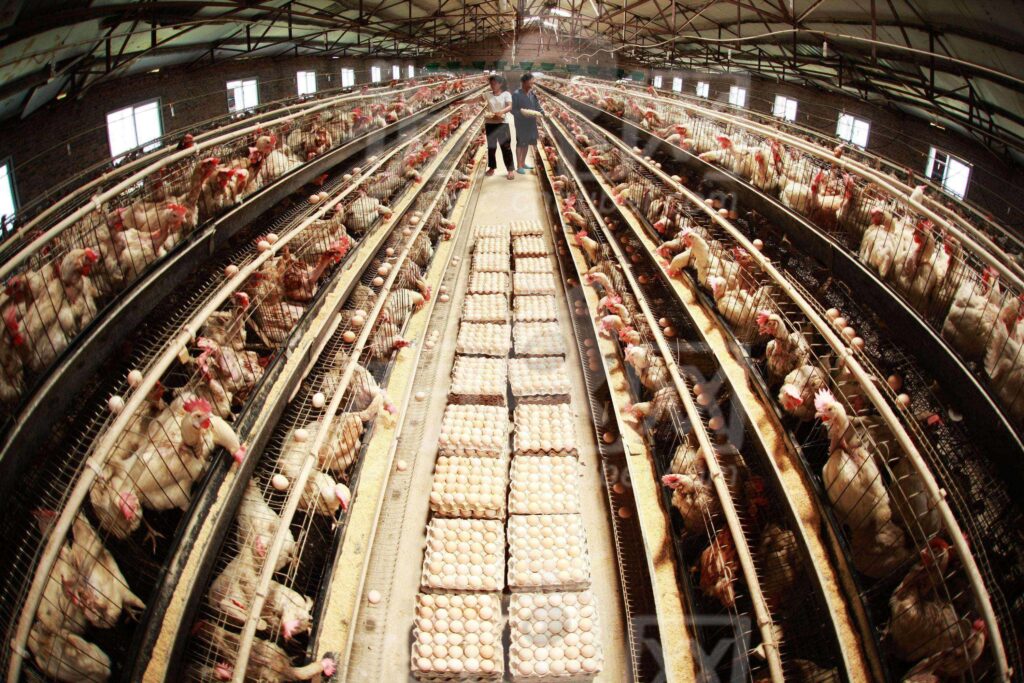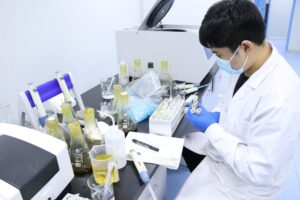Feed costs constitute 60-70% of total expenses in poultry production. With narrow profit margins, changes in feed prices have a significant impact on profitability and sustainability. While increasing efficiency and yields is important, managing purchase and use of feed ingredients provides the greatest opportunity for controlling costs. Biosecurity, nutrition and precision feeding strategies help gain a competitive advantage.

Grain prices are volatile based on factors outside of farmers’ control, such as climate conditions, supply and demand, and policies. Price spikes reduce or eliminate profits if not offset by retail poultry prices or lower costs elsewhere. Cheaper, lower-quality ingredients may save money in the short term but hurt performance, health and product quality. Investment in innovative, science-backed feed solutions helps balance cost and nutritional requirements.
With strategic feed management, poultry farmers can stabilize costs and shield profits despite market fluctuations. Savings and returns result from factors like:
•Enhanced growth rates and feed conversion through superior nutrition.
•Improved health, welfare and productivity from high-quality ingredients and additives.
•Decreased mortality, condemnations and waste by meeting targeted production parameters.
•Higher product value and sales from optimal quality and consistency.
•Consumer loyalty stemming from a reputation for responsible and sustainable practices.
Action: To leverage your feed program for greater profitability, implement these steps:
1. Work with nutritionists to formulate precision, customized diets based on factors like life stage, breed and desired outputs. Only provide essential nutrients to suit needs.
2.Establish contracts with trusted suppliers and monitor seasonal cost variations to purchase ingredients at optimal times. Plan ahead and buy ahead when possible.
3.Explore alternatives like probiotics, enzymes, amino acids or botanicals as partial replacements for expensive feed components. Their benefits may offset costs.
4.Closely track productivity metrics such as growth and mortality rates, yield ratios, flock uniformity and product quality to determine impact of feed changes. Make data-driven decisions.
5.Keep detailed records of all feed purchases and flock performance. Compare key metrics before and after feed formula or supplier adjustments to gauge costs and returns on your investment.
With careful management of all resources, especially critical inputs like feed, poultry producers can gain resilience against unpredictable threats to their livelihood. Precision nutrition, preventative health products and a data-centric mindset each contribute to a sustainable, responsible and profitable industry poised to continue meeting demand for generations to come. Nourish efficiently, prosper reliably.

